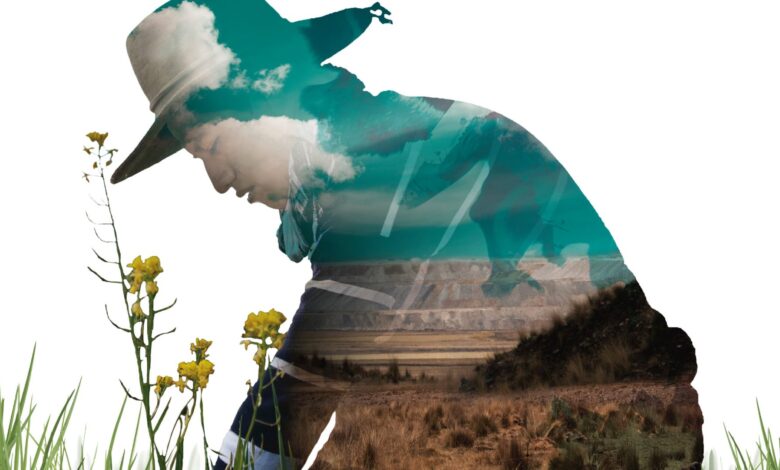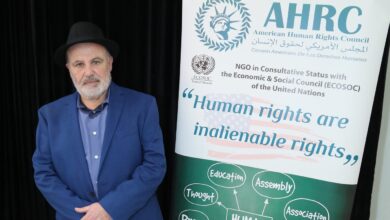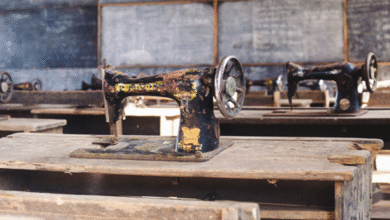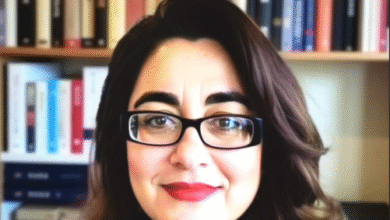Indigenous Peoples – Amnesty International

Blocking access to healthcare and other public services
Discrimination impacts Indigenous Peoples’ everyday life, restricting their rights to health care, education and housing.
Healthcare for Indigenous women
From India to Peru, Indigenous women have higher rates of maternal mortality, teenage pregnancy and sexually transmitted diseases and are more likely to suffer violence.
Indigenous women are less likely to have access to healthcare facilities when pregnant because of discrimination and mistreatment; and so, they are more likely to die giving birth. For example, in Panama and Russia, Indigenous women are about six times more likely to die in childbirth than women from the non-Indigenous population.
The birth rate for Amerindian adolescent girls is twice that of the general Guyanese population. In Kenya, Maasai women are twice as likely to have had no antenatal care, and in Namibia, San women are ten times more likely to give birth without skilled attendance.
Public health services
Their marginalization also means that Indigenous Peoples are at greater risk during public health emergencies like the COVID-19 pandemic. A lack of access to health care and public information, as well as essential services including sanitation and clean water, means that Indigenous Peoples were disproportionately impacted by the pandemic.
The effects were exacerbated by the failure of many states failed to properly consult with Indigenous Peoples when developing COVID-19 response plans. This meant that policies were not tailored to their specific needs. For example, public health information was often not provided in Indigenous languages.
Indigenous people are also more likely to get diseases such as malaria, tuberculosis, and HIV.
Education
An education gap between Indigenous children and their peers persists on a worldwide scale. Education systems often fail to cater to the particular needs of Indigenous Peoples, with obstacles including a lack teachers who speak Indigenous languages.
This is compounded by Indigenous Peoples’ lower levels of access to computers and the internet – the so-called ‘digital divide’.
Source link




